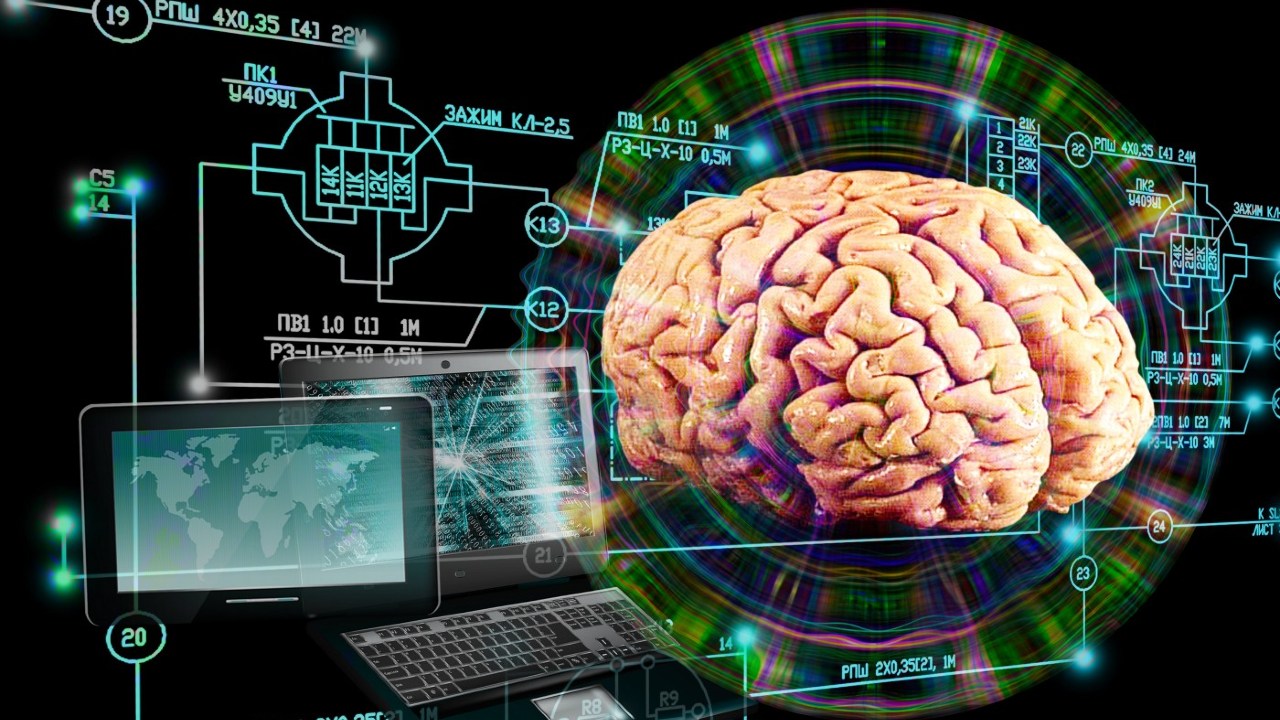A new material has been developed that will play an important role in the development of a new generation of computers that work like the human brain. Thanks to this new material, it was stated that the next generation computers could be launched at the end of this 10 years.
Studies on the human brain, whose all functions and mysteries are still unsolved, continue. Scientists have discovered our brain, which has an enormous working mechanism. to adapt to technology it’s working.
Within the scope of these studies, scientists have been modeling the new generation of the brain’s neural network for some time. computer chips was working on it. If we look at the incoming information, it is possible that the new generation computer chips modeled from our brains can do this thanks to a new material developed. before the end of ten years may be released to the market.
New technology could play a fundamental role in the development of next-generation computers
To put it simply, for this new technology, which is the first electrochemical 3-terminal transistor produced with two-dimensional materials, scientists from the KTH Royal Institute of Technology and Stanford University in Stockholm have used memory components produced with a titanium carbide compound called MXene. “to complement conventional transistor technology an extraordinary potential” states that he exhibits.
“Advanced Functional MaterialsThe findings, published in the journal ‘MXene’, show that the new material, called MXene, is similar to the human brain and is different from today’s conventional computers. thousands of times more energy efficient in the development of neuromorphic computers with a key role He suggests he can play.
Electrochemical random access memory, or ECRAM for short, acts like a synaptic cell in an artificial network, for storing and processing data. one stop point is doing its job. KTH Associate Professor and lead author Max Hamedi said in a statement about the new technology, “These new computers will be based on components that can have multiple states and perform in-memory computation” saves as.
This technology could be as fast as transistors in today’s computer

In a statement to TechRadar Pro, Max Hamedi explained the technology’s CMOS silicon wafer assembly. same processes used, integrating layers of 2D material onto silicon, and therefore a real behind-the-line processes. hybrid integration means it is.
I understand that the new technology has faster write speeds than other ECRAMs, and 2D ECRAMs, if scaled down to the nanoscale, are as good as the transistors in today’s computers. fast Hamedi, who stated that they could be (sub-nanoseconds); This means that the new technology can be integrated into existing computers using CMOS technology, thanks to the compatibility of the 2D metal of the transducer.
RELATED NEWS
Elon Musk Didn’t Like This: Scientists Worried About Neuralink’s ‘Brain Chips’
Hamid, in this way 5 to 10 years At least one of the best computers used in simulation tasks with artificial intelligence today, in which memory and transistors are combined. 1000 times It is possible to produce special-purpose computer blocks that make it more energy efficient, and even, according to some calculations, to use this technology for certain algorithms. 1 million times states that it exhibits energy efficiency. The launch of the first commercial computer chip modeled from a brain neural network can be expected by the end of the next decade, as a market-to-market strategy (GTM) requires at least 5 years of trials.
Source :
https://www.techradar.com/news/brain-like-computers-could-become-reality-before-end-of-decade
